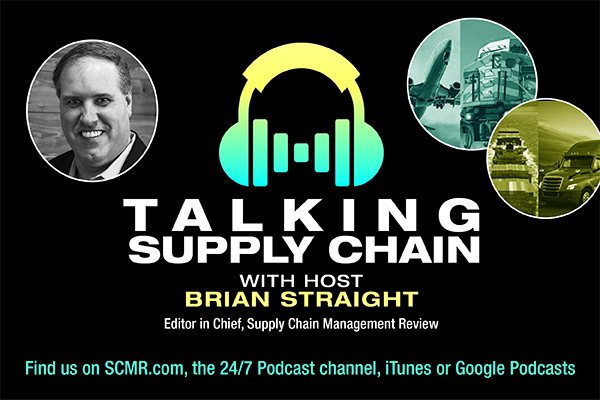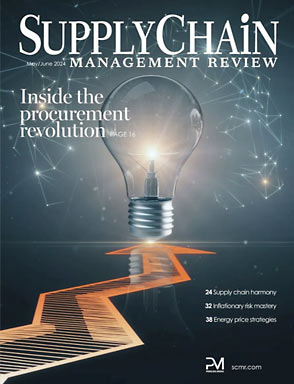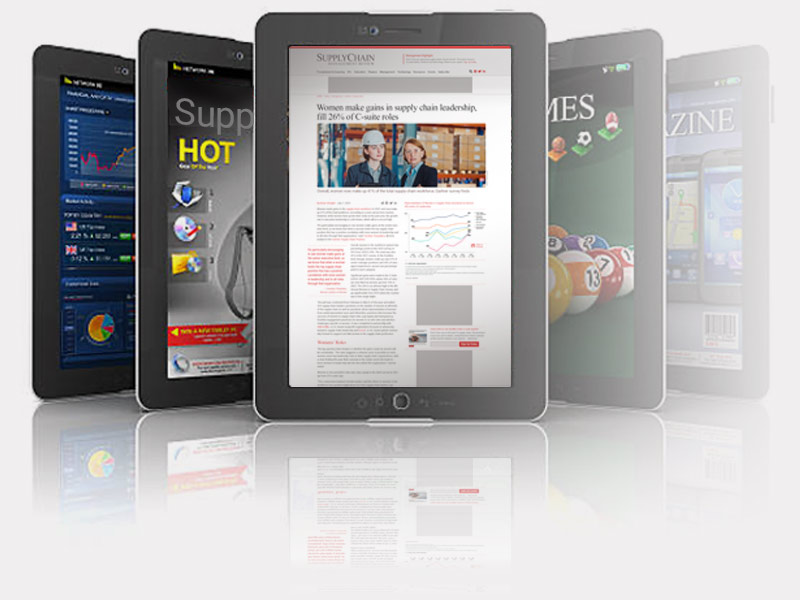China has the “Made in China 2025” industrial policy aimed at supporting the development of advanced manufacturing technologies. Germany’s industrial policy aims for comparative advantage in the production of high-quality, internationally competitive manufactured goods. Japan’s industrial policy was devised after WWII to promote industrial development by cooperating closely with private firms. Mexico’s industrial policy objective is to liberalize the industrial sector to increase industrial productivity and competitiveness.
American Industrial Policy? Nothing, Nada, Nichts, Rien
America doesn’t have an industrial policy nor any national industrial goals. We’ve been operating under the belief that the free marketplace would drive the need and approach for what to produce in America.
It’s been all about supply and demand and free enterprise. But the global pandemic has been a wake-up call and once again raised the discussion about national industrial policy. Shouldn’t the U.S. government choose particular industries for targeted support? Isn’t it in the national interest to support critical industries such as medical supplies and devices, telecom, rare earth elements, semiconductors, and steel?
There is strong criticism, particularly from conservatives, that an American industrial policy is an attempt to move toward socialism – that the U.S. government picking winners and losers disrupts the free market.
But based on what we have learned from the Coronavirus response, doesn’t it make sense for the U.S. government to take action to protect our vulnerabilities just as we do with farm subsidies?
The opinions on American industrial policy are changing. The pandemic has uncovered our vulnerabilities to produce essential goods such as PPE and pharmaceuticals. But the pandemic plus the on-going Trade War with China has also exposed our vulnerabilities in defense equipment, telecom equipment, rare earth elements, and other industrial products. We are exposed. We need U.S. government support to drive the development and production of these products in America.
What should be included in a national industrial policy?
A national industrial policy should include:
• A well-defined and justified list of products to be supported – a “preferred list” of products. The criteria for being included on this list would have to be related to American essential, critical, and strategic products. An objective review and qualification process (non-political) would have to be established to make the selection fair and appropriate.
• Price controls. Companies benefitting from a national industrial policy should sell their products at a cost-plus specific, regulated margin to protect against profiteering. An objective audit and oversight function must be put in place.
• Tax breaks. The U.S. government should provide tax incentives for companies producing products on the qualified list.
• Low-cost loans. The U.S. government should provide low-interest or no-interest loans and grants to develop new technologies and products on the qualified list.
• Land grants. The U.S. government should provide temporary land grants and property grants to companies producing essential goods, with an ultimate payback period in the future.
• Subsidies. The U.S. government should provide subsidies for the development and production of essential goods for key future technologies.
• Training Credits. Companies should receive training tax credits for training or retraining employees for new required skills and new technologies.
• Buy American. Current “Buy American” regulations should be enhanced and enforced so that local, state, and federal governments are required to always make a good-faith attempt to buy goods made in the U.S. before buying foreign goods.
These kinds of policies will ring the alarm bells for some who believe in a completely free-market economy for America, with no interference from the government. But aren’t we already subsidizing farmers in this way? Americans’ health and safety are at stake and now is the time to consider a national industrial policy to support the needs of our citizens.
SC
MR

Latest Supply Chain News
- Technology’s role in mending supply chain fragility after recent disruptions
- Tech investments bring revenue increases, survey finds
- Survey reveals strategies for addressing supply chain, logistics labor shortages
- Israel, Ukraine aid package to increase pressure on aerospace and defense supply chains
- How CPG brands can deliver on supplier diversity promises
- More News
Latest Podcast

 Explore
Explore
Business Management News
- Technology’s role in mending supply chain fragility after recent disruptions
- Survey reveals strategies for addressing supply chain, logistics labor shortages
- How CPG brands can deliver on supplier diversity promises
- How S&OP provides the answer to in-demand products
- AI, virtual reality is bringing experiential learning into the modern age
- Tips for CIOs to overcome technology talent acquisition troubles
- More Business Management
Latest Business Management Resources

Subscribe

Supply Chain Management Review delivers the best industry content.

Editors’ Picks




